NIESR projects the UK economy to contract -0.1% in Q2, with growth likely to slow further as inflation drags on consumer demand. UK appears to have entered a recession in Q2 already. It expects the recession to last until Q1 of 2023.
GDP growth is estimated at 3.5% in 2022 and 0.5% in 2023. It expects CPI inflation to peak close to 11% in Q3, and return to around 3% a year later, resulting from “slowing in energy price inflation, a tightening in monetary policy and falls in real incomes leading to falling demand”.
“It now looks like the UK economy entered a recession in the second quarter of this year as GDP fell by 0.1 per cent, and we expect output to continue falling over the next three quarters. On the expenditure side, the fall in Q2 was driven by a 0.2 per cent fall in consumption; on the output side, by a 0.4 per cent fall in services, particularly, health and social work. GDP fell by 0.6 per cent in June after a revised rise of 0.4 per cent in May as the Platinum Jubilee celebrations affected the monthly profiles.” Stephen Millard, Deputy Director for Macroeconomic Modelling and Forecasting, NIESR
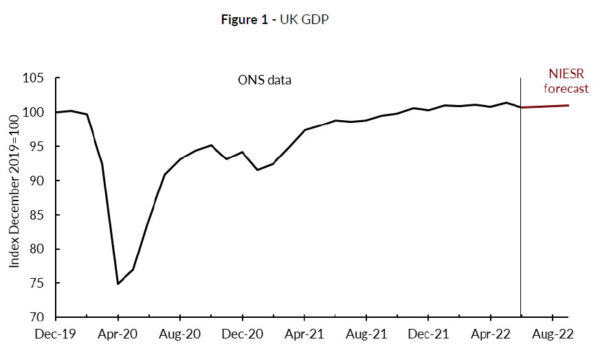
Full release here.




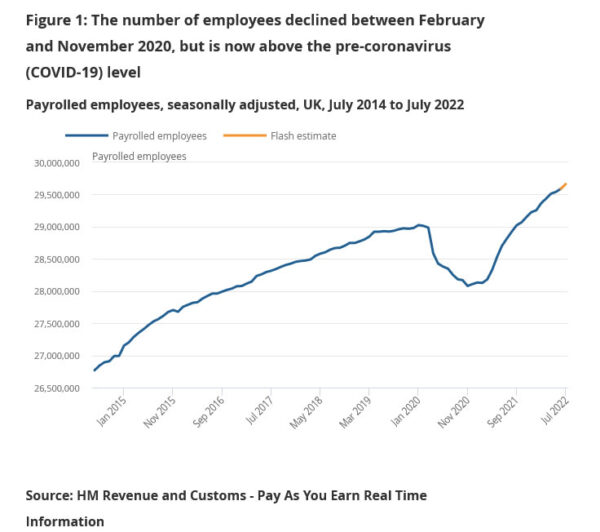
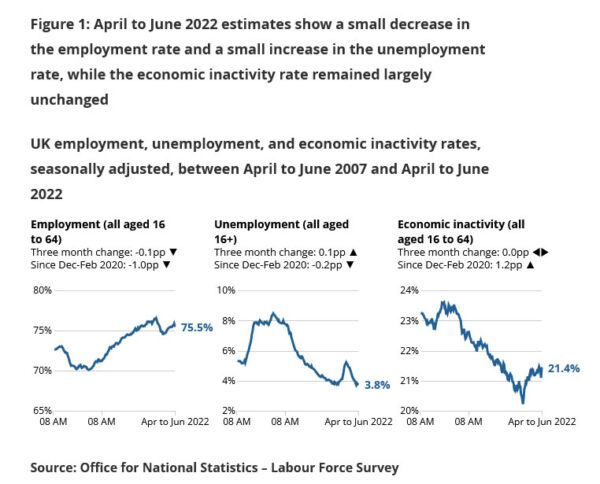
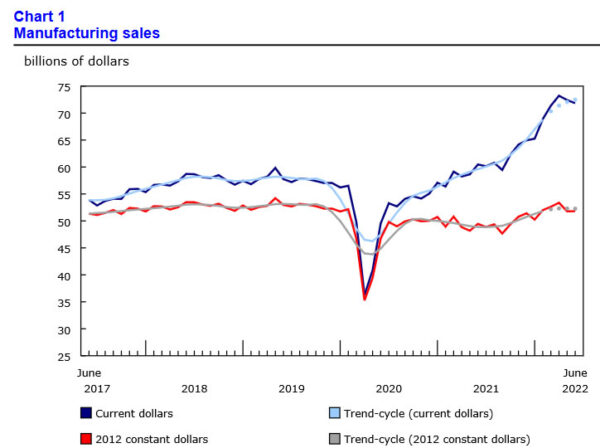
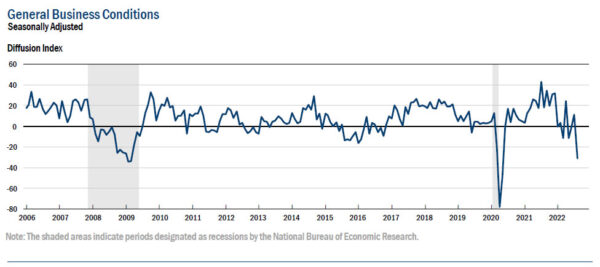
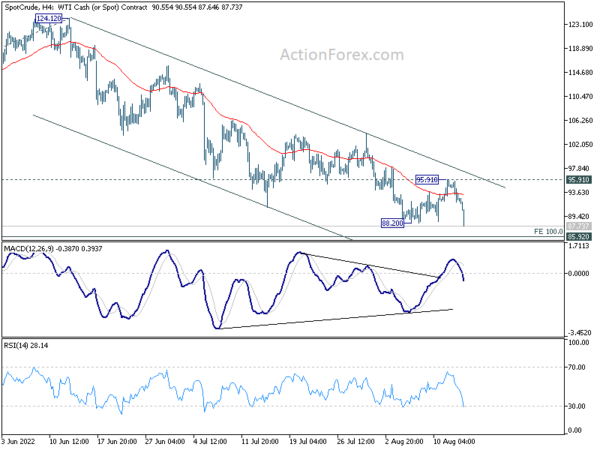
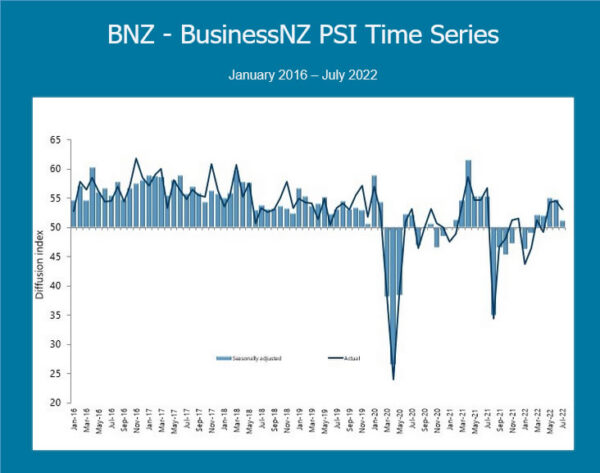

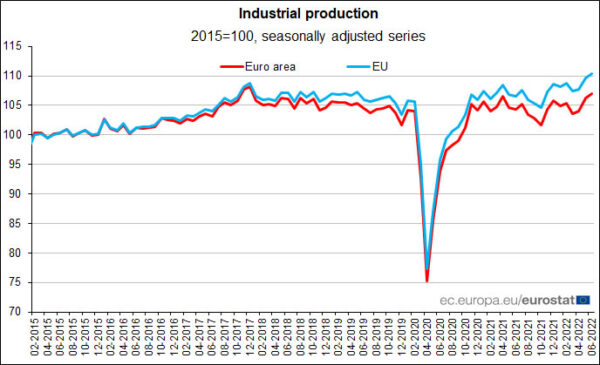
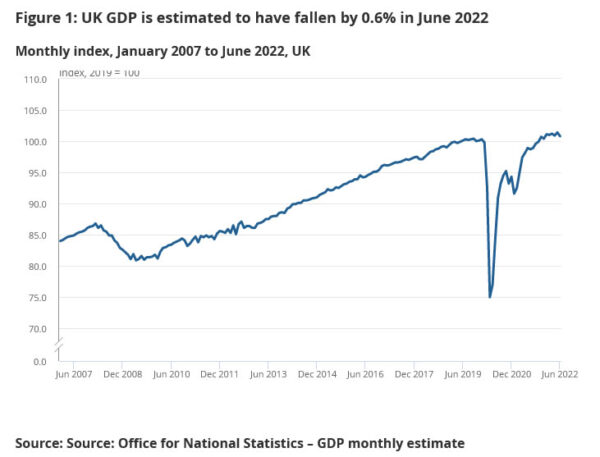
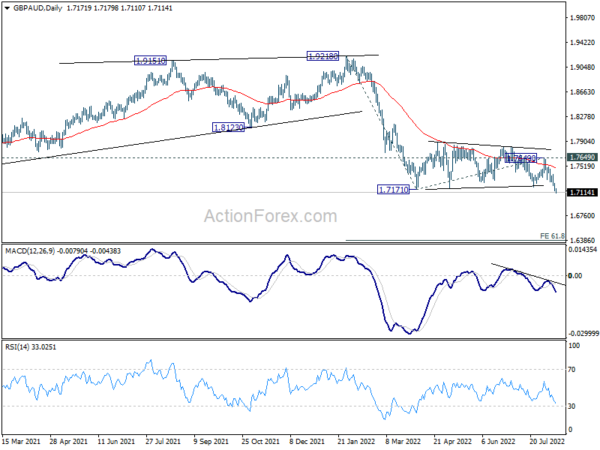
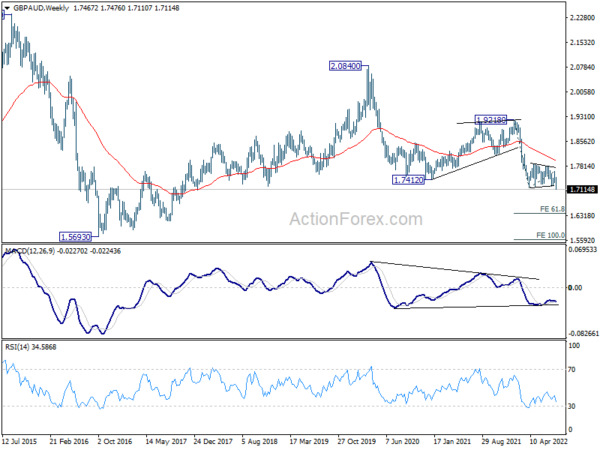
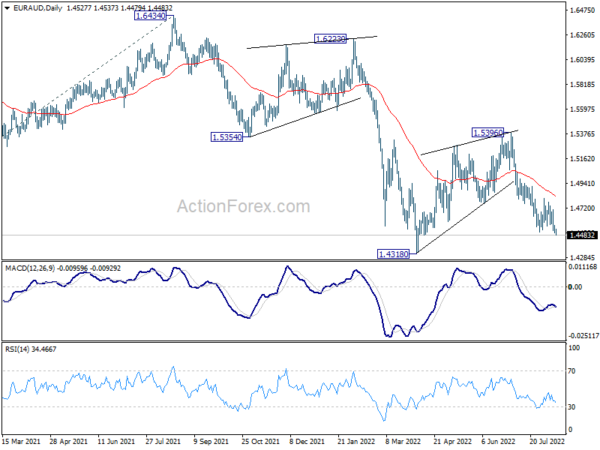
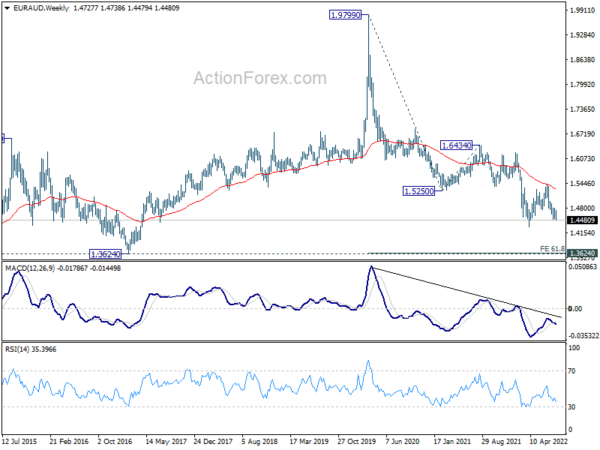
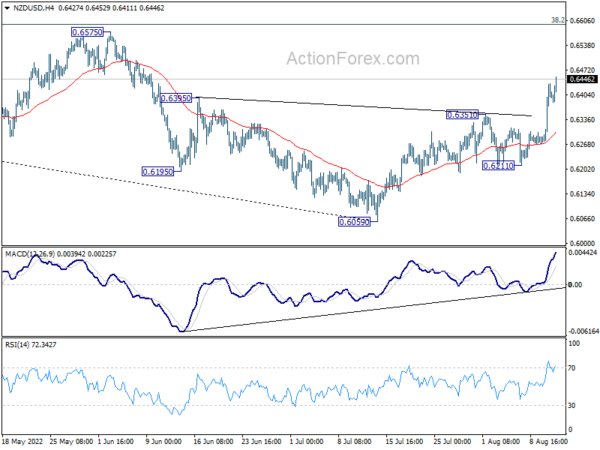
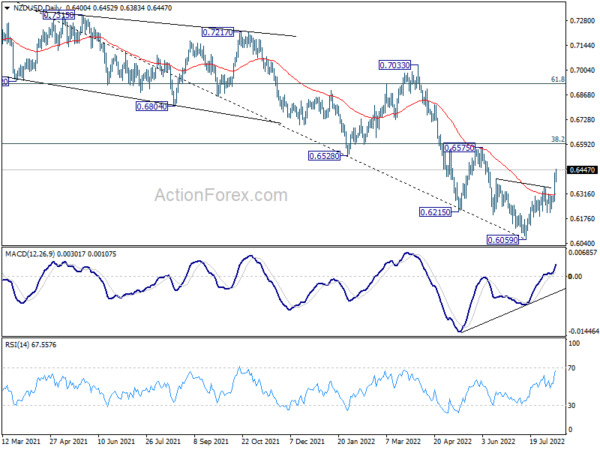
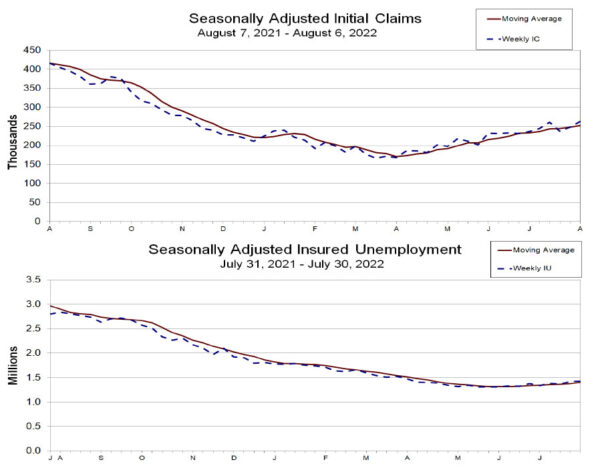
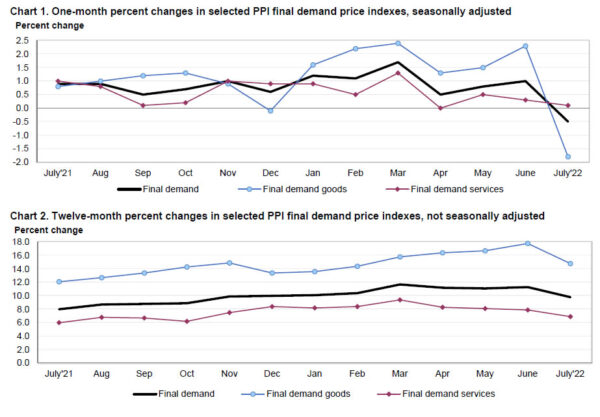
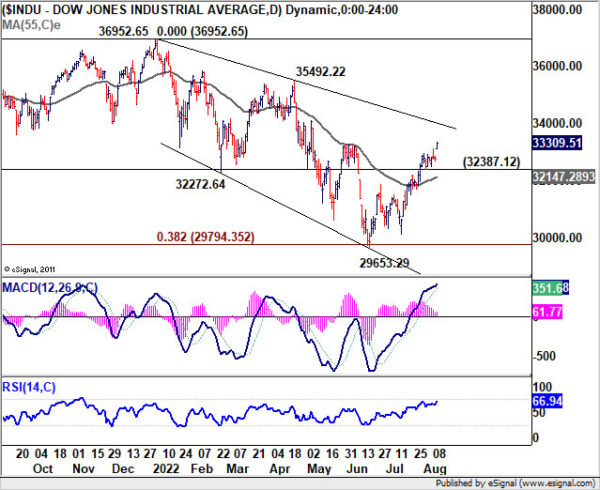
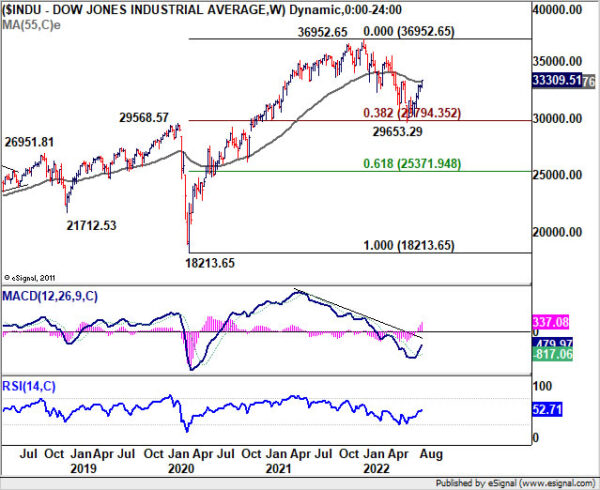

Germany ZEW dropped to -55.3, further decline in already weak economic growth
Germany ZEW Economic Sentiment dropped slightly from -53.8 to -55.3 in August, below expectation of -52.7. Current Situation index dropped from -45.8 to -47.6, above expectation of -48.0.
Eurozone ZEW Economic Sentiment dropped from -51.1 to -54.9, below expectation of -52.0. Current Situation Index rose 2.5 pts to -42.0. Eurozone inflation expectations rose 2.1 pts to -23.5, indicating a reduction of the high inflation rates within the next six months.
“The ZEW Economic Expectations decrease again slightly in August after a sharp drop in the previous month. The financial market experts therefore expect a further decline in the already weak economic growth in Germany. The still high inflation rates and the expected additional costs for heating and energy lead to a decrease in profit expectations for the private consumption sector. In contrast, the expectations for the financial sector are improving due to the supposed further increase in short-term interest rates”, comments Michael Schröder, researcher at ZEW and head of the ZEW financial market survey, on current results.
Full release here.